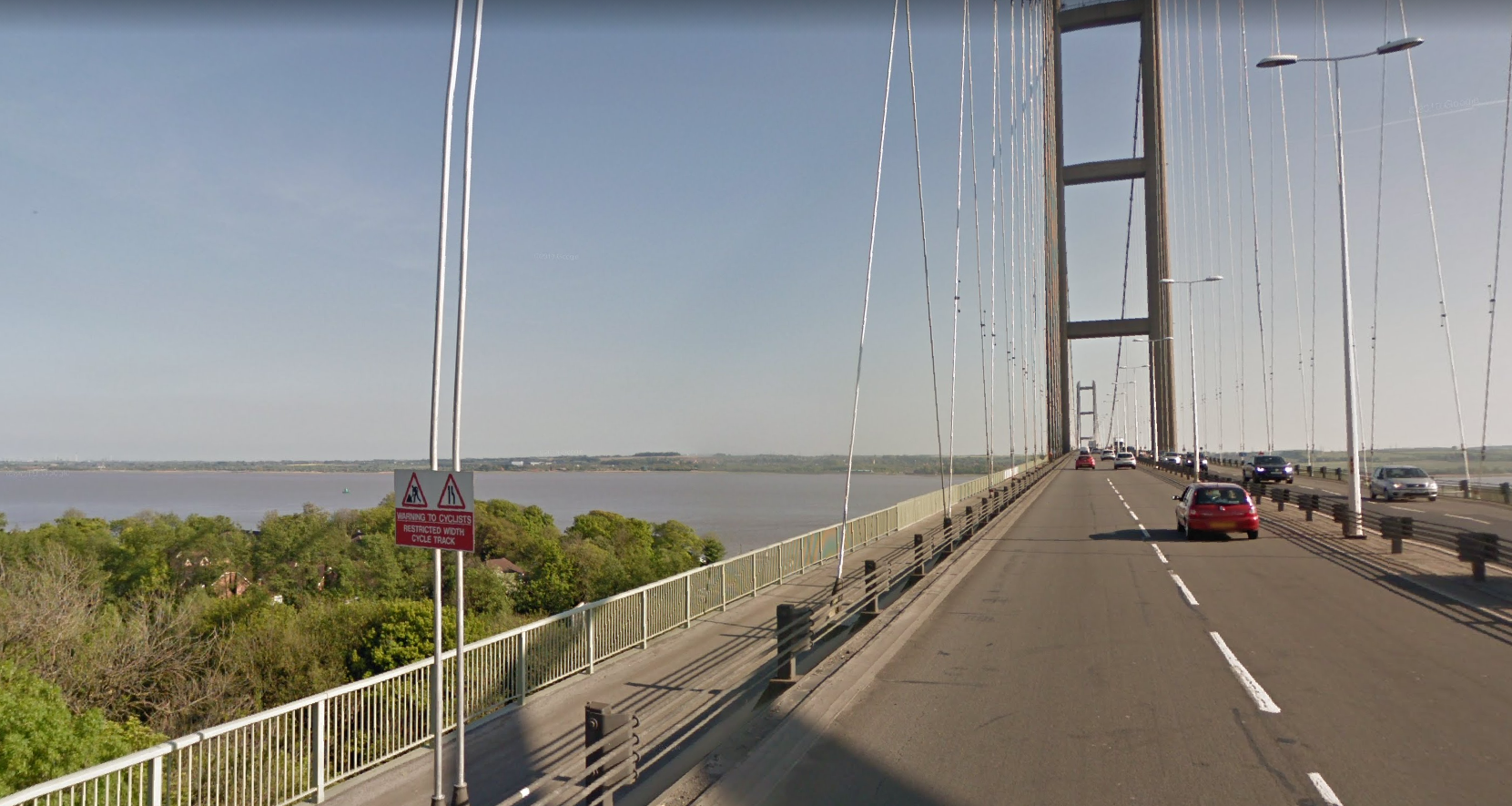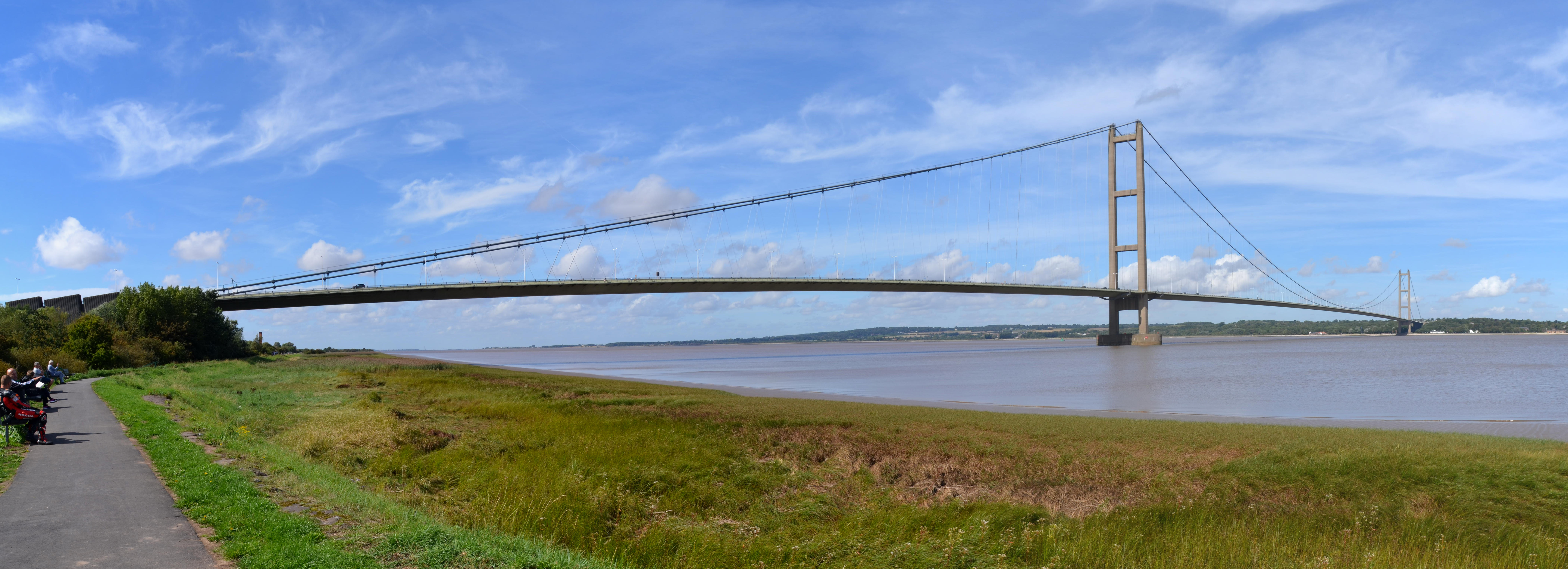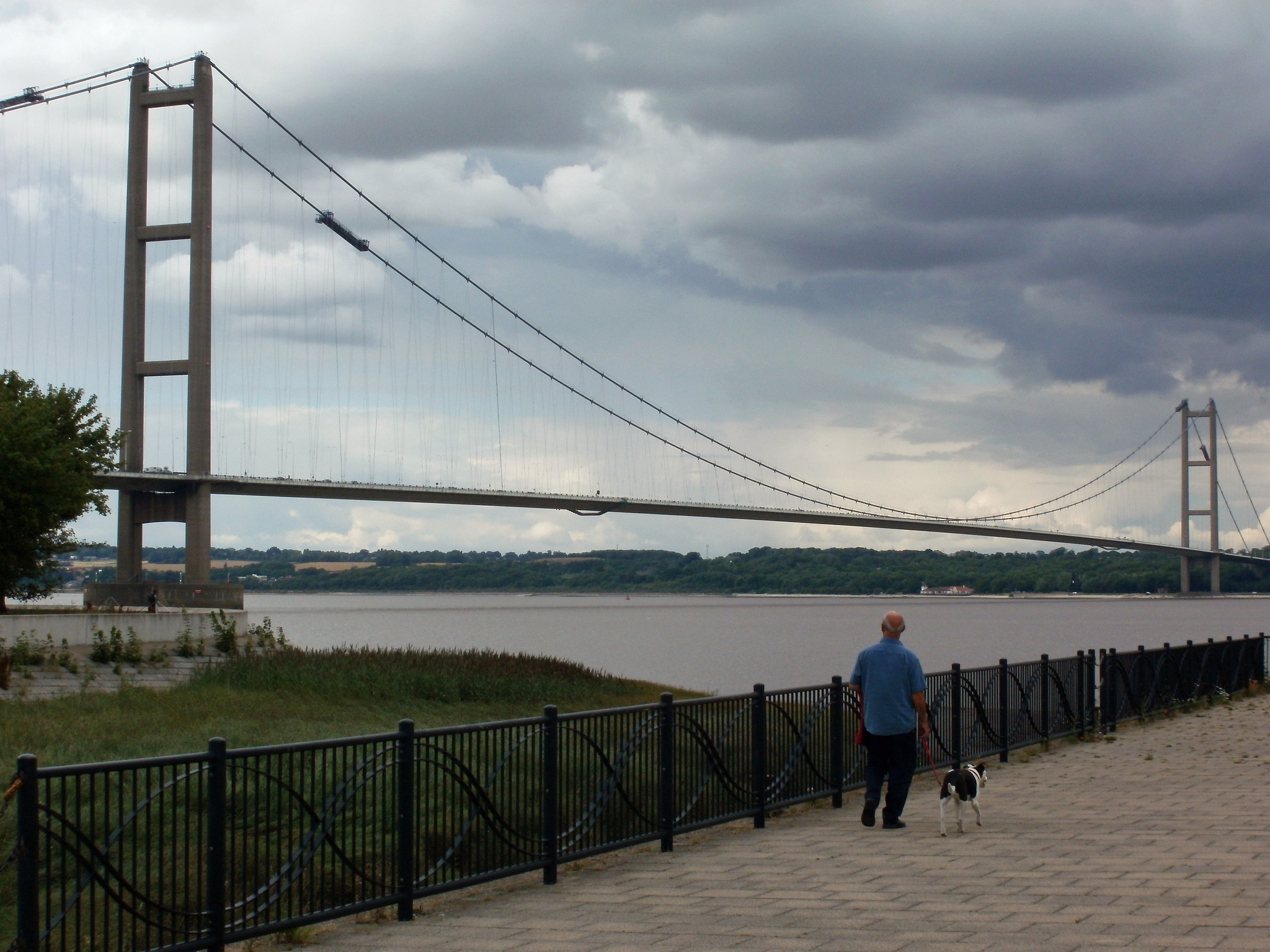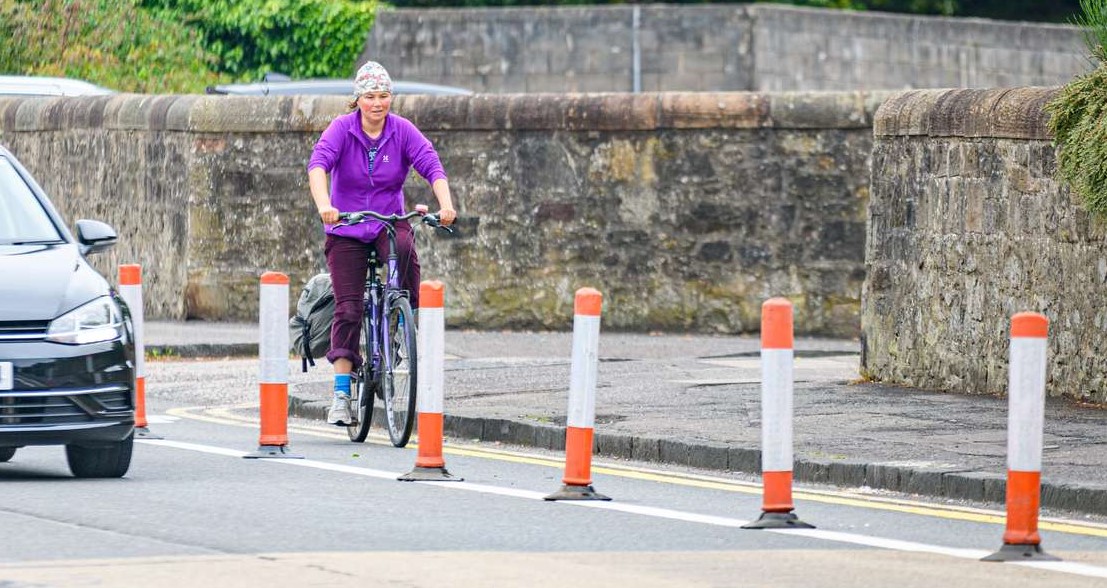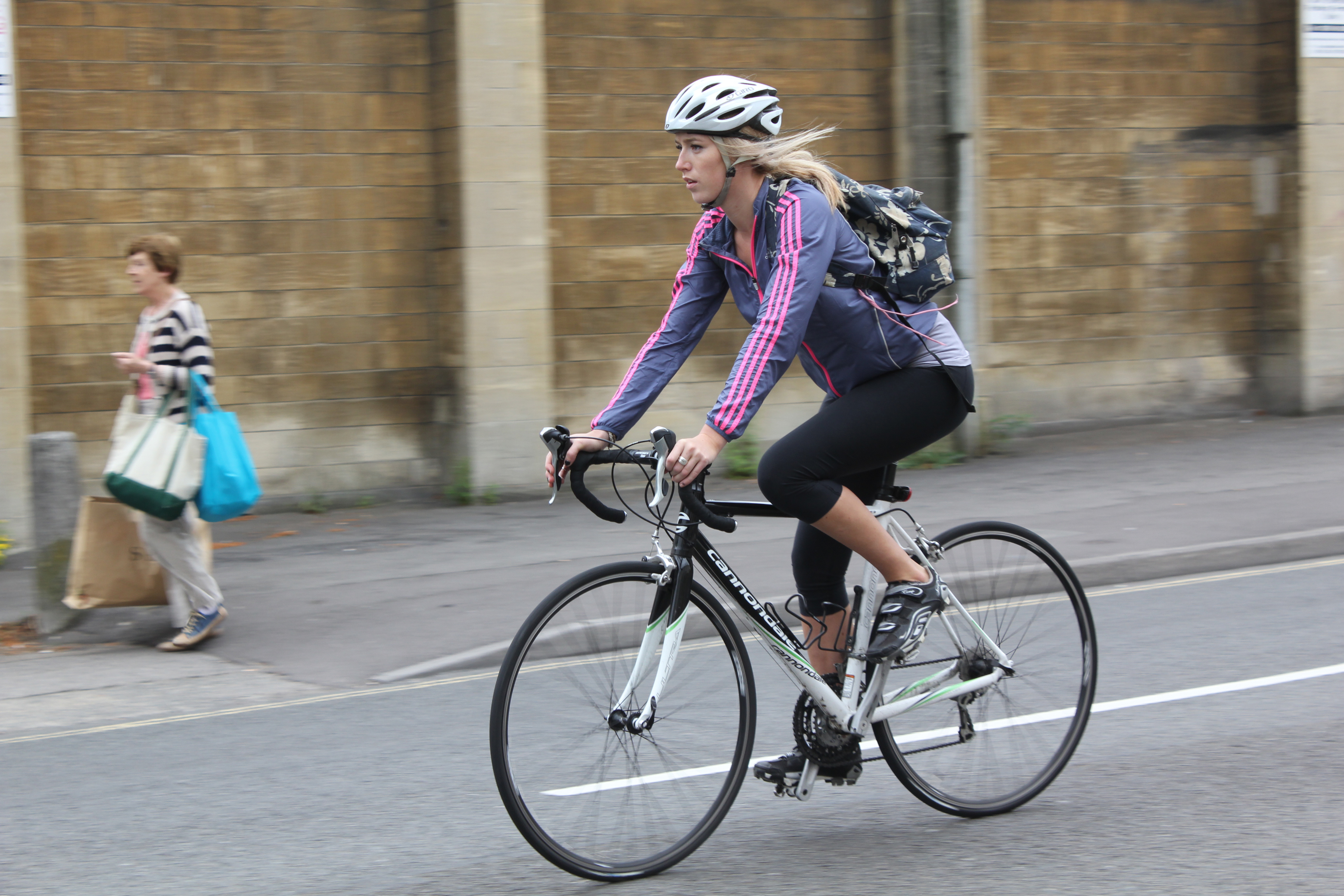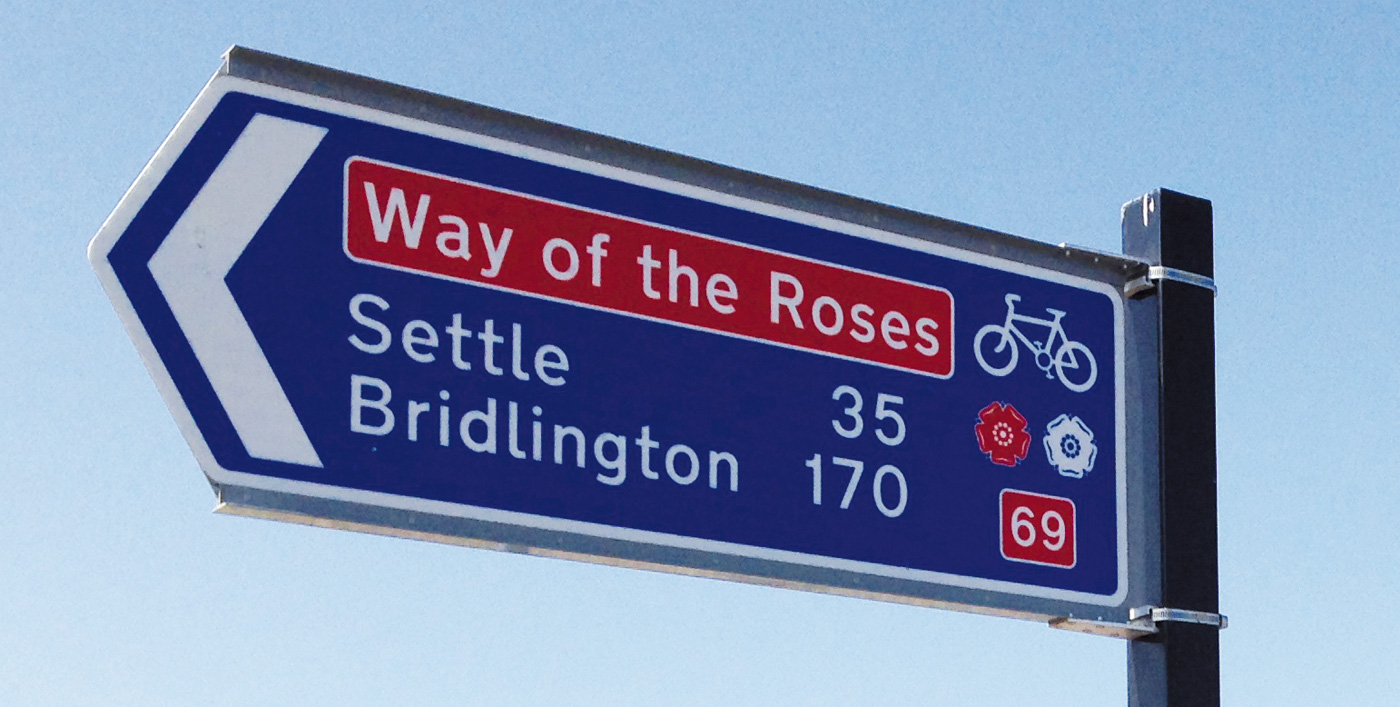Cycling UK responds to closure of Humber Bridge to cyclists and pedestrians
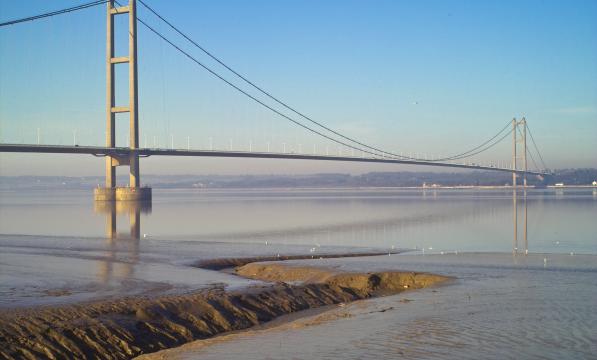
Following the announcement last Saturday that the footways across the Humber Bridge were being closed to pedestrians and cyclists with immediate effect, Cycling UK has today written to the Humber Bridge Board to request more information about the decision.
The 1.4-mile long bridge carries the A15 dual carriageway, on which cycling is prohibited, along with shared-use foot- and cycleways on each side.
The decision to close these, which was made after a sharp increase in suicides at the bridge, has divided local residents and means that cyclists are unable to cross the Humber without taking a 60-mile detour inland. One cyclist was told by bridge staff after the closure that he should cross on the main carriageway, but was then told by traffic police at the other end that this was not permitted.
The Humber Bridge Board released a statement on Tuesday (6 April) which said: “We are working closely with Public Health, local MPs, local authorities, emergency services, the Samaritans, Hull and East Yorkshire Mind and other stakeholders to fully understand them and assess the future risk.
"While this is ongoing, the footways must remain closed to the general public. We are, however, looking at reopening access to commuters as soon as possible, to minimise disruption to those who cycle or walk to work over the Humber Bridge, and we are considering a range of measures to ensure the situation can be effectively managed once the footways fully reopen.”
Cycling UK [has] asked for clarification of the powers used by the Board to implement this decision, when this will be reviewed, and what temporary measures are to be introduced to enable people to cross the estuary
While Cycling UK acknowledges the difficult circumstances that led to the closure, it is concerned about the impact both on leisure cyclists and commuters wishing to use active travel, and the lack of information surrounding the decision.
In a letter to the Humber Bridge Board, Duncan Dollimore, head of campaigns at Cycling UK, asked for clarification of the powers used by the Board to implement this decision, when this will be reviewed, and what temporary measures are to be introduced to enable people to cross the estuary either on foot or by bike.
Specifically, the letter asked the Board to confirm by 14 April:
- Has any traffic regulation order (TRO) been consulted upon, advertised or made to authorise the restriction on the footway, and if so, if they will provide a copy of any relevant notification and order?
- If the TRO process has not been used, under what authority or power this decision has been made?
- Whether the decision to impose these restrictions was made by the Board or through delegated powers, and if the latter, whether and when the Board intend to revisit this decision?
- Can it provide the pedestrian and cyclist traffic count data both pre and post covid to confirm the daily number of cyclists and pedestrian trips across the bridge?
- What if any temporary mitigation measures are being put in place to provide alternative means for cyclists and pedestrians to cross the bridge, or to cross the Humber Estuary in the vicinity of the bridge, while the footway remains closed, and when might they be implemented?
A copy of the letter is available below. Cycling UK will provide updates when we receive a response.
- The Samaritans can be contacted 24 hours a day on 116123 or via samaritans.org.


